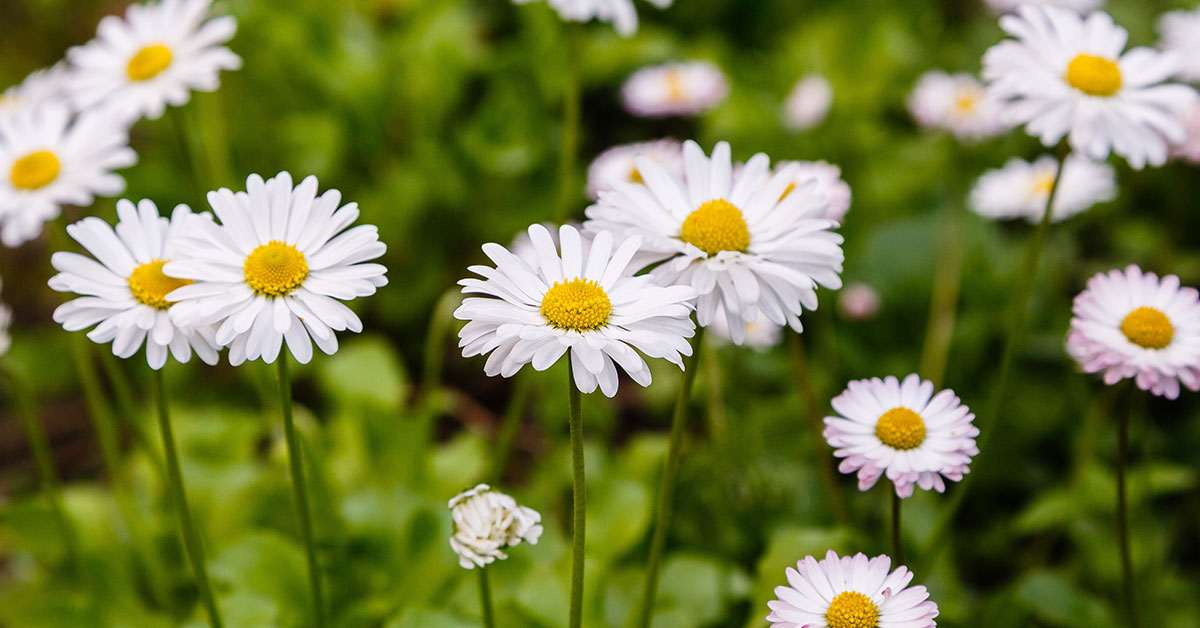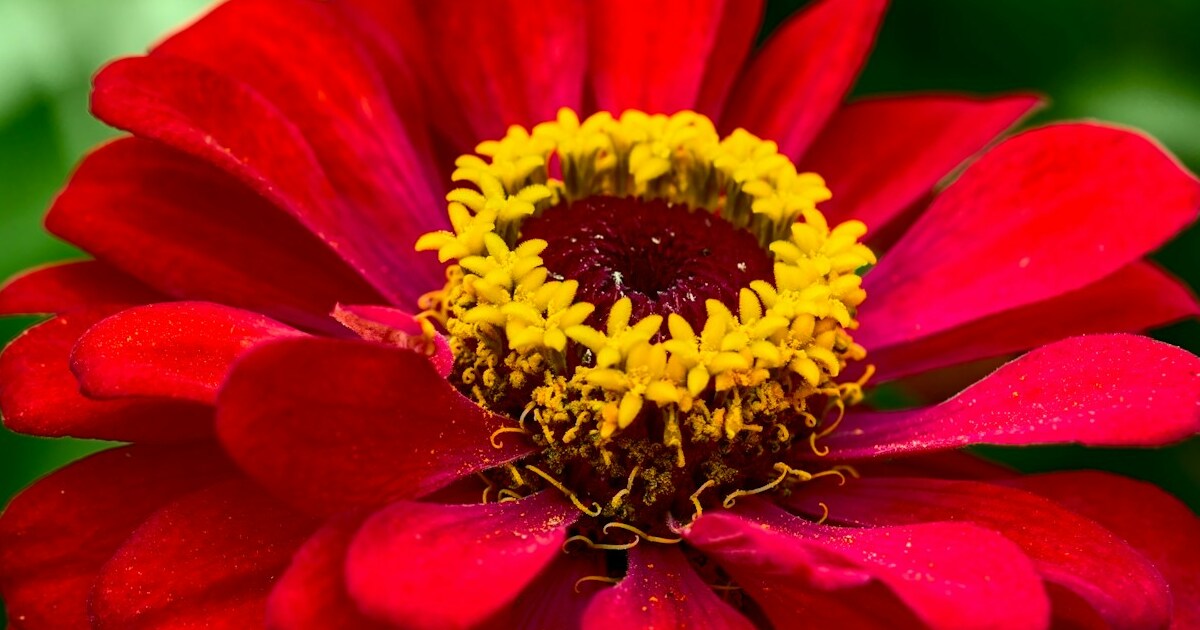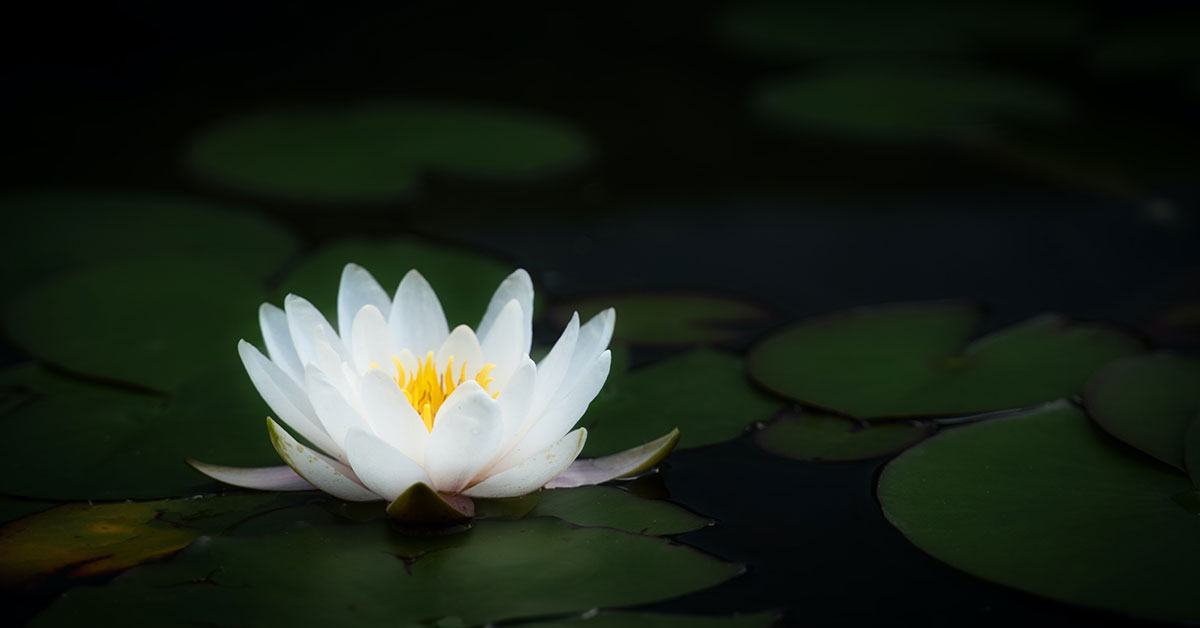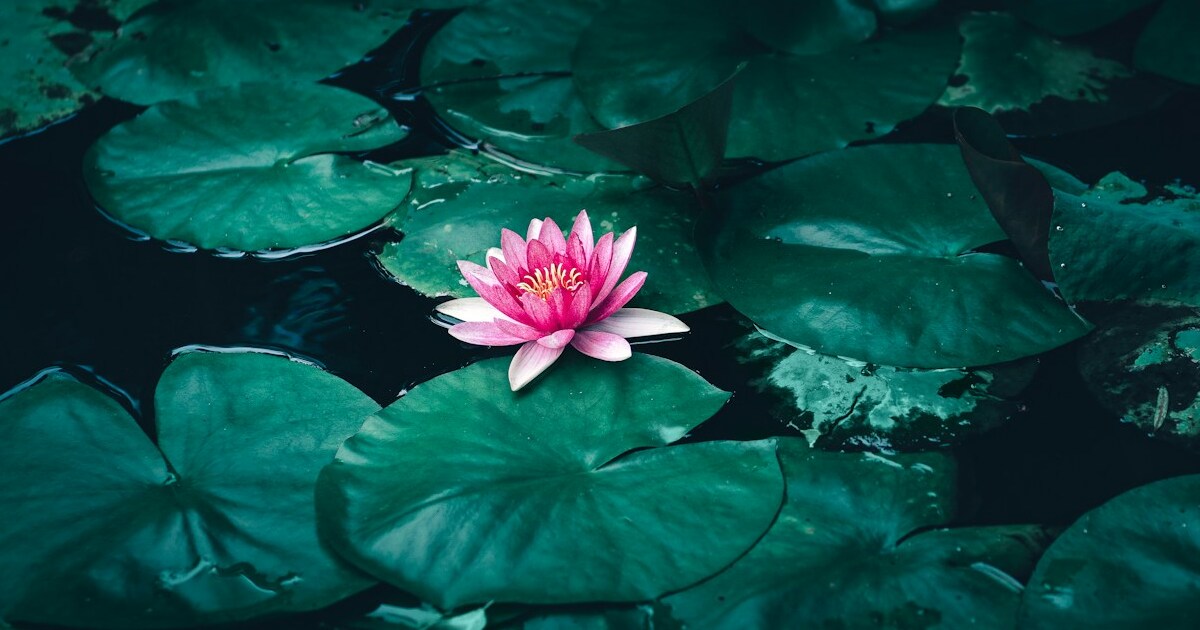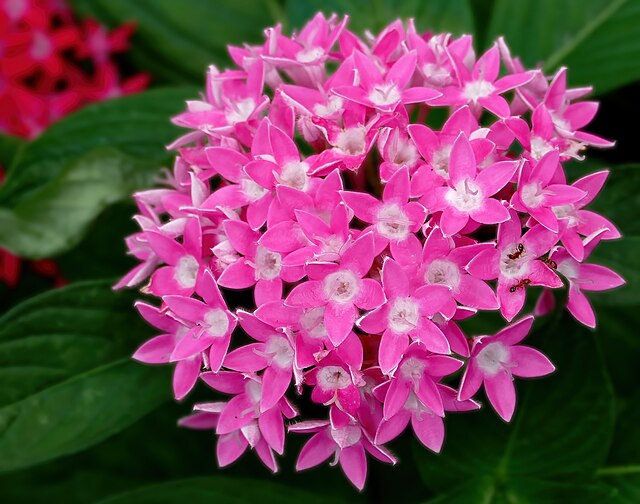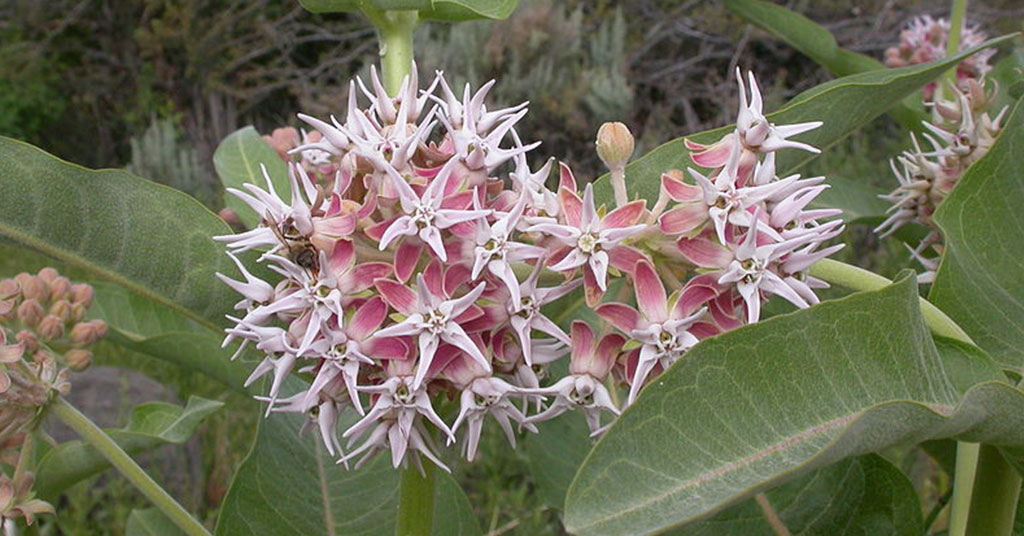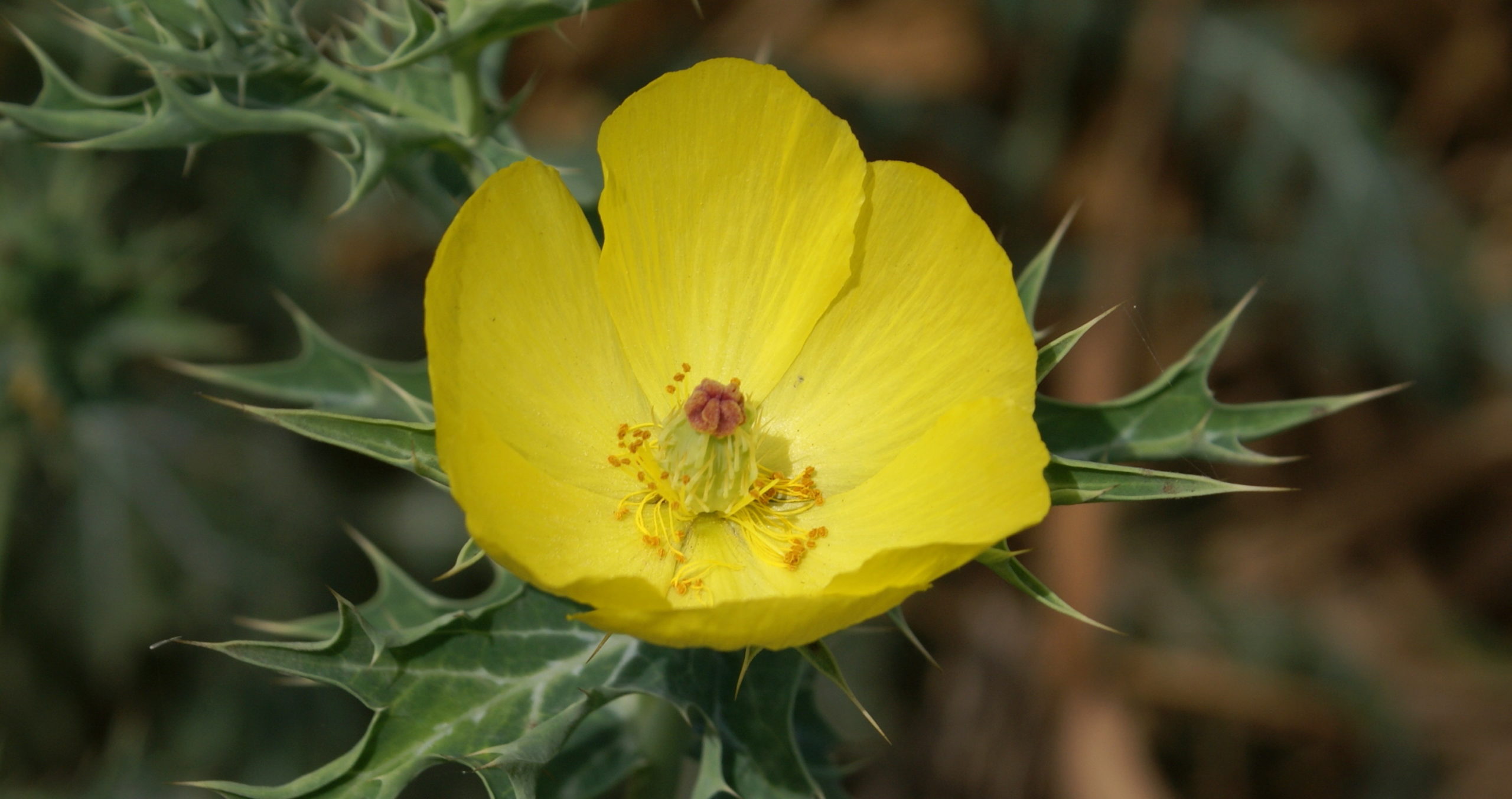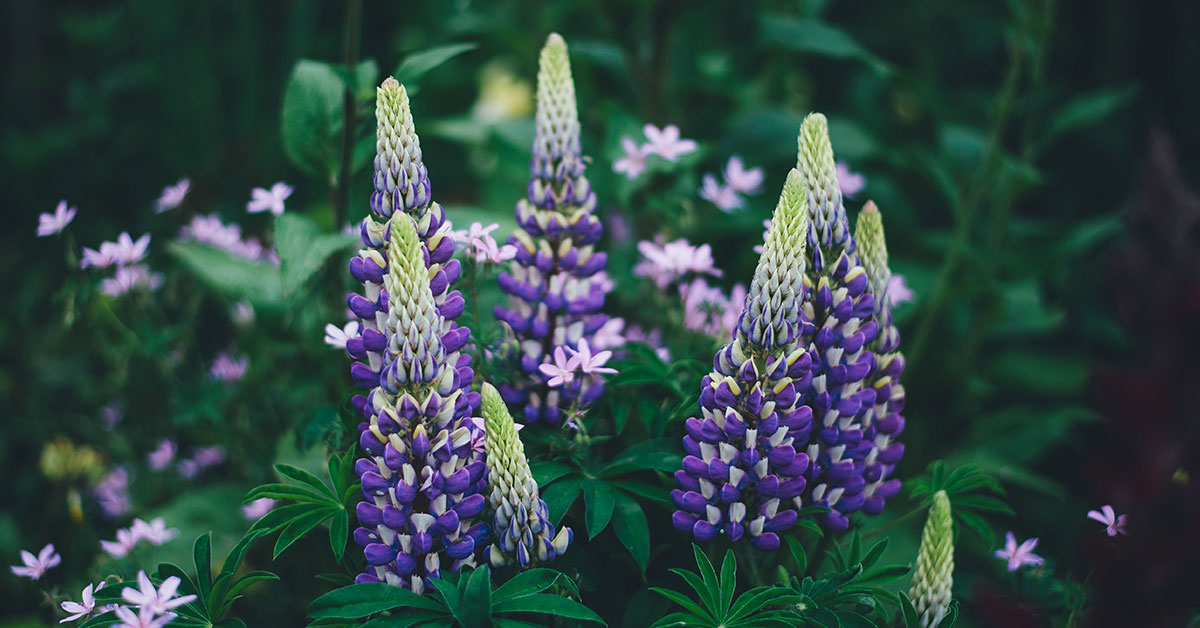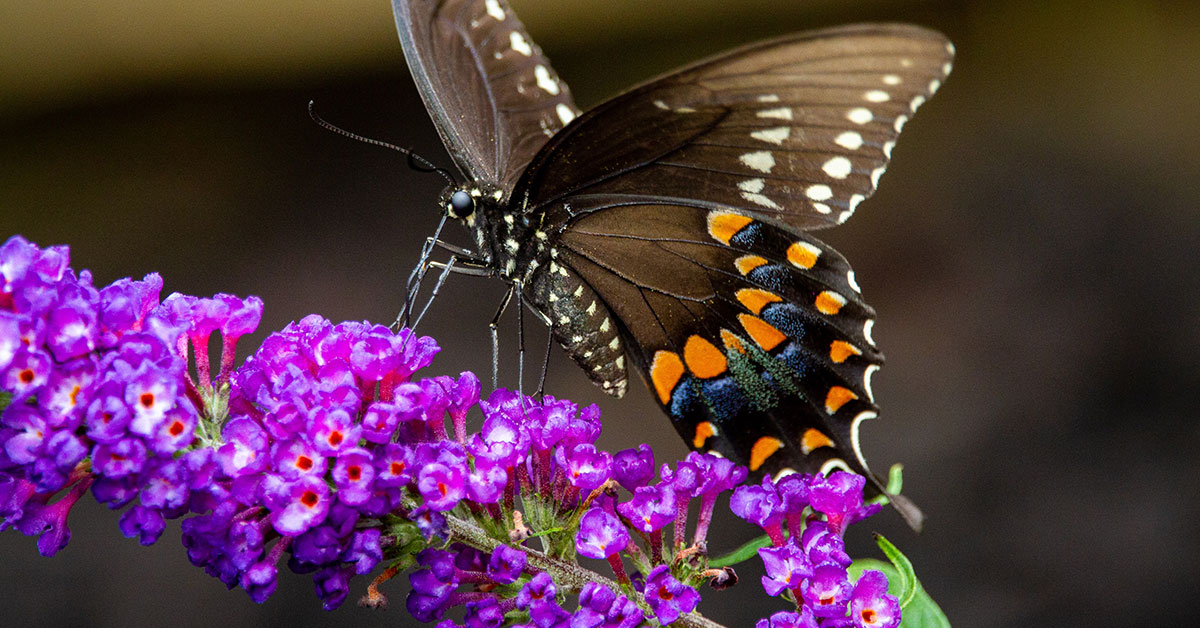As winter’s chill retreats and nature begins to awaken, April graces us with its exquisite birth flowers – the Daisies and the Sweet Peas. Like radiant messengers of joy, these blossoms burst forth with their vibrant colors and gentle fragrances, celebrating the arrival of spring in all its glory. In this article, we embark on a journey to explore the blooming beauty of your April birth flowers, unraveling their symbolic meanings, cultural significance, and the emotions they inspire.
Join us as we embrace the delightful allure of Daisies and the enchanting charm of Sweet Peas, celebrating the essence of April with these cherished floral companions, spreading happiness, innocence, and the enchantment of spring’s enchanting embrace.
What are the April birth flowers?
The April birth flowers are the Daisy (Bellis perennis) and the Sweet Pea (Lathyrus odoratus).
- Daisy (Bellis perennis): Daisies are cheerful and simple flowers with white petals and a bright yellow center. They symbolize innocence, purity, and new beginnings. Daisies are often associated with childhood and are cherished for their charming and unpretentious beauty.
- Sweet Pea (Lathyrus odoratus): Sweet Peas are fragrant and delicate flowers that come in a variety of colors, including pink, purple, red, and white. They symbolize pleasure, blissful pleasure, and the appreciation of simple pleasures. Sweet Peas are beloved for their enchanting fragrance and colorful blossoms.
Both the Daisy and the Sweet Pea epitomize the essence of spring, blooming with joy and freshness, making them meaningful birth flowers for those born in the month of April.
How to grow your April birth flowers
Growing your April birth flowers, Daisies, and Sweet Peas, can bring a delightful touch of charm and fragrance to your garden. Here are some tips on how to grow each of them:
Daisy (Bellis perennis):
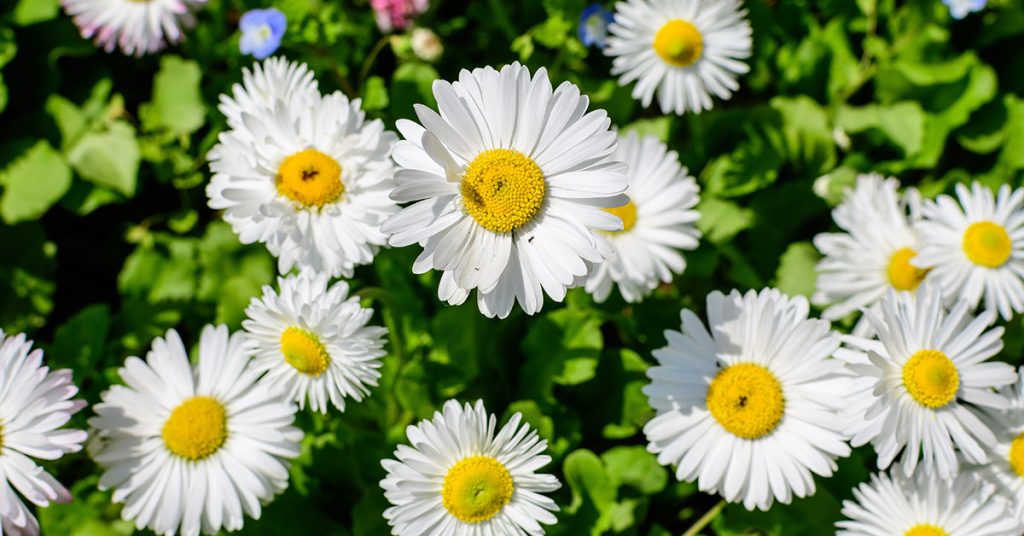
- Planting Time: Daisies can be grown from seeds or purchased as young plants. Sow the seeds indoors 6-8 weeks before the last expected frost or directly outdoors after the danger of frost has passed.
- Soil: Daisies prefer well-draining soil with good fertility. They can tolerate a wide range of soil types but thrive in slightly acidic to neutral pH levels.
- Location: Plant Daisies in a location with full sun to light shade. They prefer at least 6 hours of direct sunlight daily for optimal blooming.
- Spacing: Space Daisy plants about 6 to 12 inches apart, depending on the variety, to allow room for spreading.
- Watering: Keep the soil evenly moist, especially during dry periods. Daisies appreciate consistent moisture but avoid overwatering, as they don’t tolerate waterlogged soil well.
- Mulching: Apply a layer of organic mulch around Daisy plants to help retain moisture, suppress weeds, and keep the soil cool.
- Deadheading: Regularly remove faded flowers to encourage continuous blooming and to maintain a neat appearance.
Sweet Pea (Lathyrus odoratus):
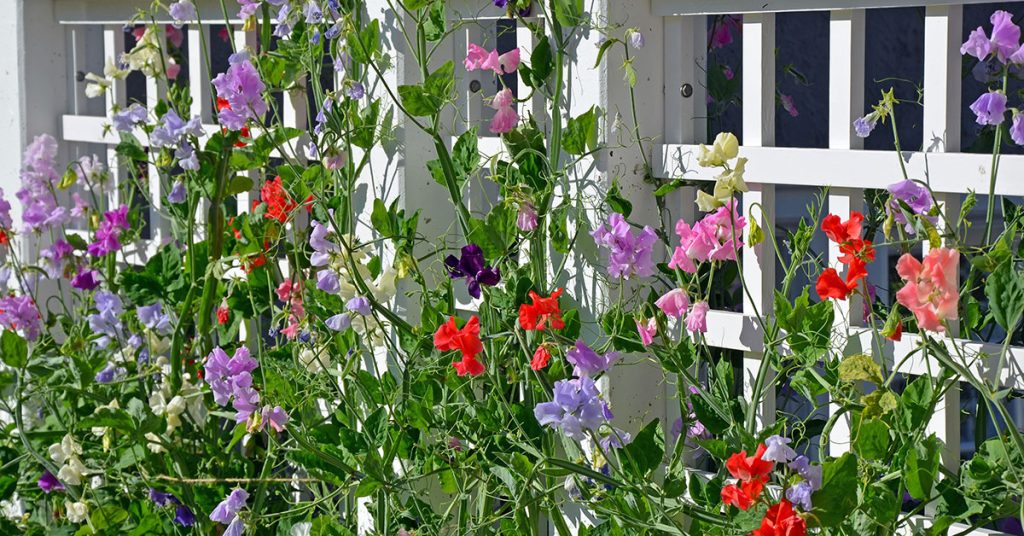
- Planting Time: Sweet Peas are best grown from seeds. Plant the seeds directly outdoors after the last frost date. In warmer climates, you can start the seeds indoors in pots and transplant them outdoors once the weather is suitable.
- Soil: Sweet Peas prefer well-draining soil with good moisture retention. They do well in slightly alkaline to neutral pH levels.
- Location: Plant Sweet Peas in a location with full sun to light shade. They appreciate cooler temperatures, especially in warmer regions.
- Support: Sweet Peas are climbing plants and require support to grow vertically. Install trellises, fences, or bamboo stakes for them to climb on.
- Watering: Keep the soil consistently moist but not waterlogged. Watering at the base of the plant rather than overhead helps prevent fungal issues.
- Mulching: Apply a layer of mulch around Sweet Pea plants to help retain moisture and keep the soil cool.
- Deadheading: Regularly remove faded flowers to encourage continuous blooming and to prevent the plants from going to seed prematurely.
By following these guidelines and providing proper care, you can enjoy the beauty and fragrance of Daisies and Sweet Peas in your garden, celebrating the essence of April with these delightful birth flowers.
Other symbolism around your birth flowers
Beyond their association with spring and new beginnings, Daisies and Sweet Peas hold additional symbolism and cultural significance:
Daisy (Bellis perennis):
- Innocence and Purity: Daisies’ pure white petals and bright yellow center symbolize innocence and purity. They are often associated with the innocence of childhood and the simple joys of life.
- Loyal Love: In some cultures, Daisies are considered symbols of loyal love. They represent a commitment to someone and the promise of unwavering affection.
- Hope and Optimism: Daisies’ appearance in spring, after the dormant winter months, is a symbol of hope and optimism for the future. They remind us that even after dark times, brighter days are ahead.
- Freethinking and Independence: Daisies’ wild and carefree nature has led them to be associated with freethinking and independence. They encourage individuals to embrace their uniqueness and follow their own path.
Sweet Pea (Lathyrus odoratus):
- Blissful Pleasure: Sweet Peas symbolize blissful pleasure, capturing the essence of enjoying life’s simple joys and finding happiness in the little things.
- Gratitude and Appreciation: Sweet Peas are often given as gifts to express gratitude and appreciation for someone’s presence in our lives.
- Fleeting Pleasure: Sweet Peas’ delicate and short-lived blooms symbolize the fleeting nature of beauty and joy. They encourage us to savor the precious moments in life.
- Goodbye and Departure: In the Victorian language of flowers, Sweet Peas could also represent a goodbye or farewell, especially when given to someone who is leaving.
As with all flowers, the symbolic meanings of Daisies and Sweet Peas can vary across cultures and historical contexts. Different interpretations may arise based on individual beliefs and regional customs. However, their shared associations with positive emotions, innocence, and the joys of life make them beloved and cherished flowers, resonating with people as they celebrate the essence of April and the beauty of the changing seasons.


